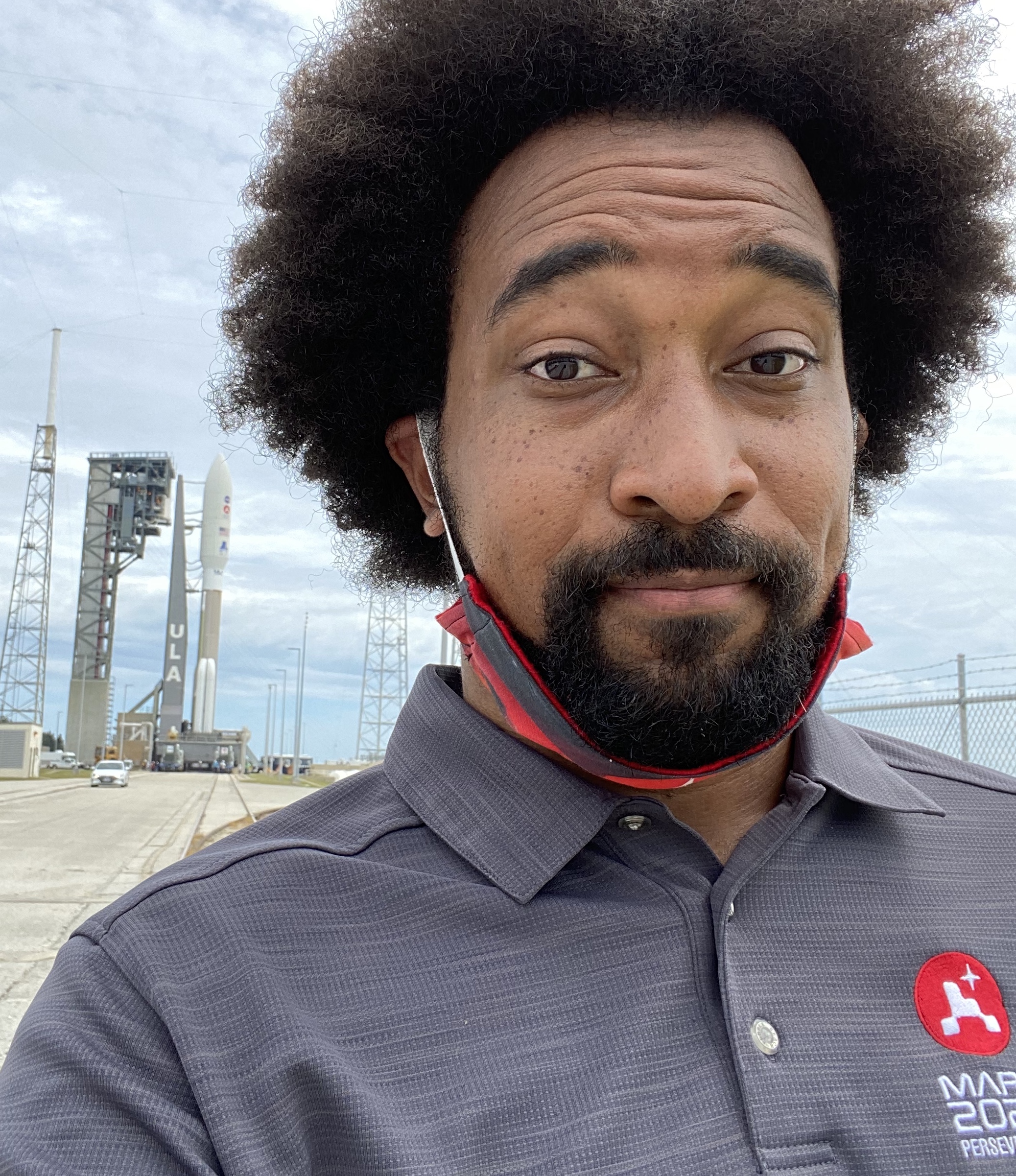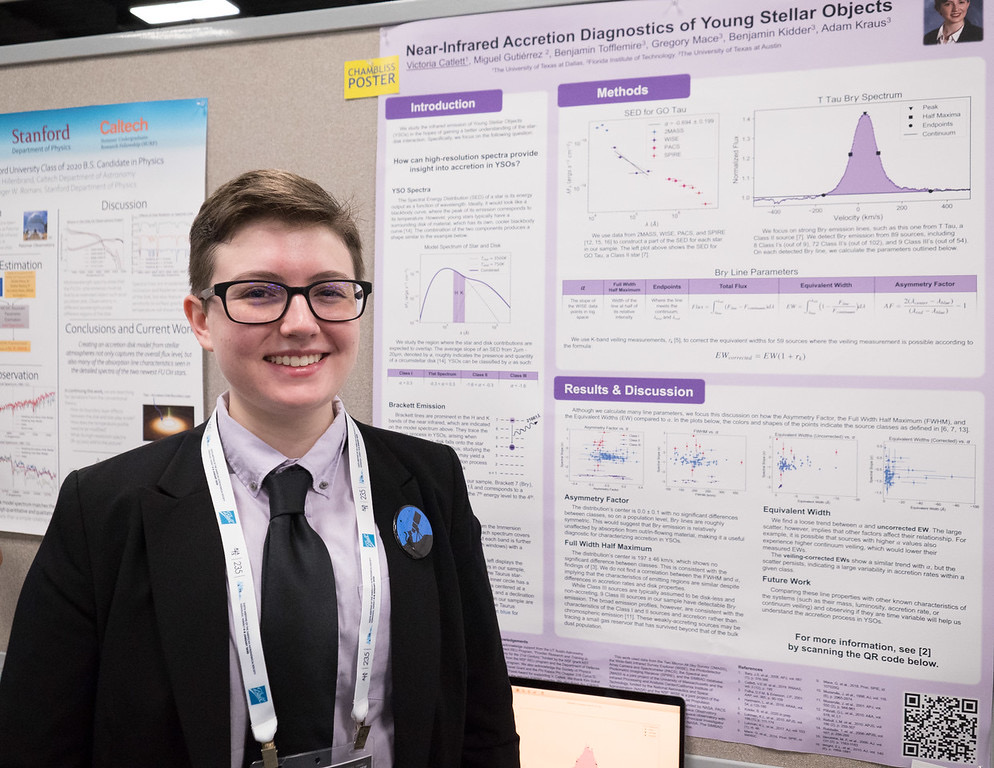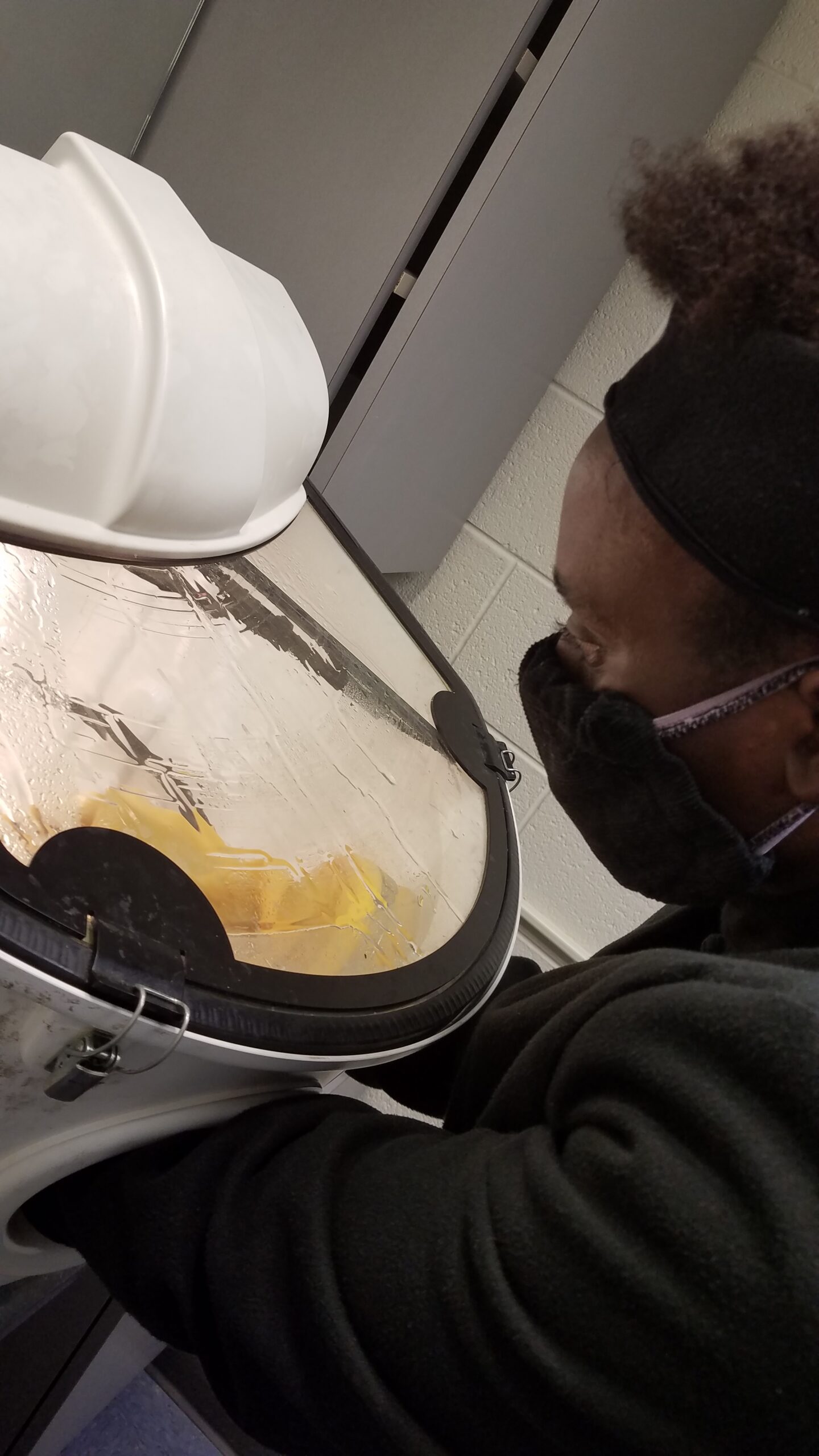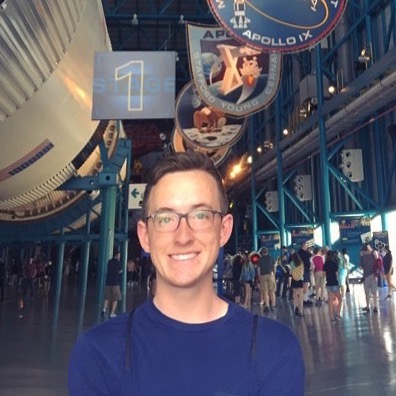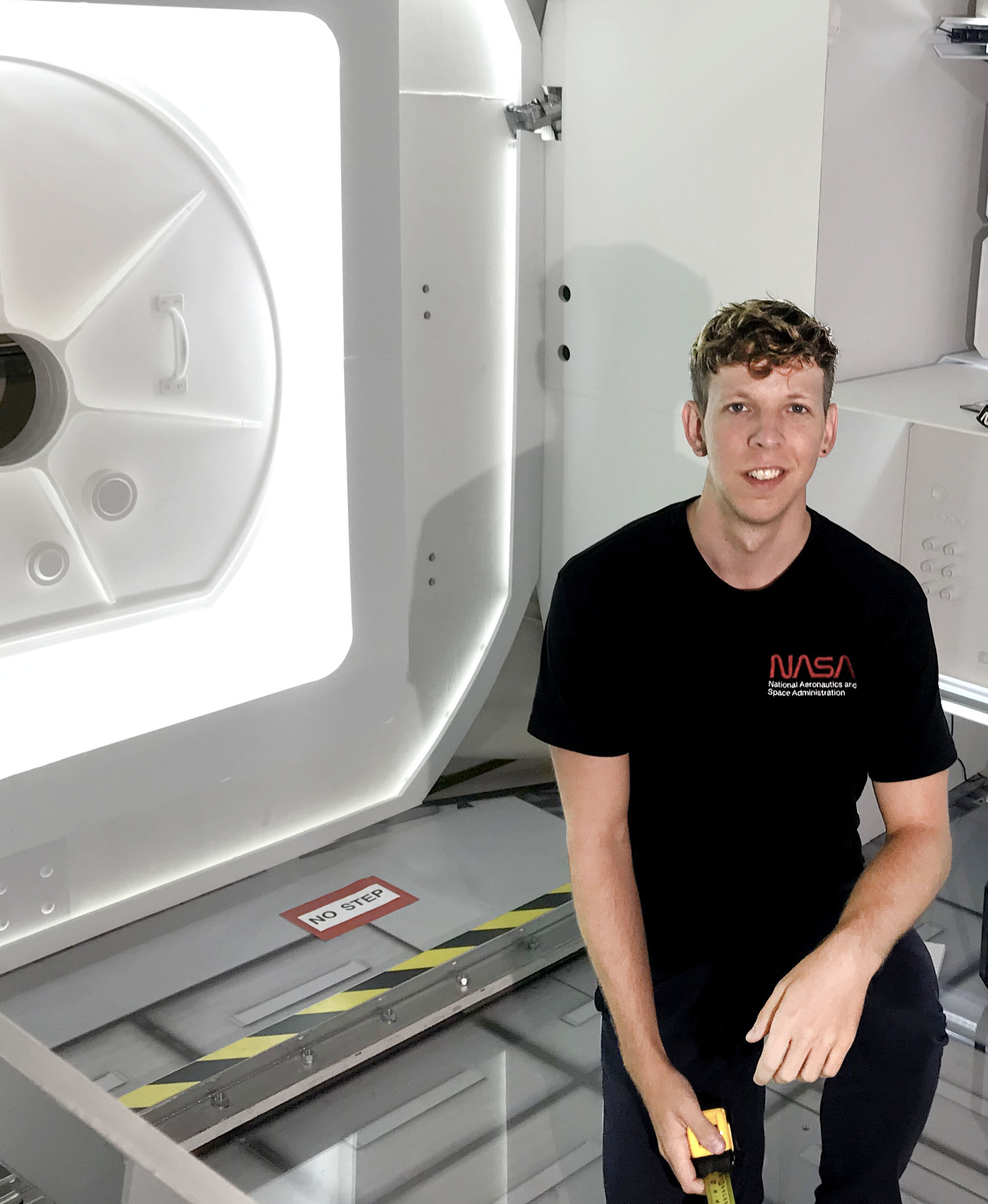31 Jan Additive Manufacturing for Water-based Small Sat Propulsion Systems
The purpose of this experiment is to determine whether there is a significant difference in the liquid behavior inside 3D printed tanks compared to more traditional metal tanks. NASA will soon be flying a mission to demonstrate that water electrolysis can be used as a safer, greener form of propulsion for small satellites. A water propulsion system that is sized for cubesats has been manufactured already by Tethers Unlimited, Inc. , but the further development of this technology would allow for these systems to be manufactured by cubesat developers themselves. Additive manufacturing has become increasingly relevant to the aerospace industry, so it would be beneficial to determine whether 3D-printed tanks can effectively be utilized for larger scale water propulsion systems. On a suborbital space flight, the scientist will manipulate 3D printed tanks of various shapes and sizes made by various printing techniques in order to analyze the behavior of the water on the inside, focusing on the interactions between the liquid and the inner tank surface as well as the impact of the liquid motion on the stability of the tank. Each tank will have observation ports on both ends – one that is clear for visual observation during the tests and one that has instruments on the inside to track the liquid motion. These instruments will be modeled after the SPHERES slosh experiement that was run on the ISS. This experiment will result in an empirical understanding of the limits of additive manufacturing on water based propulsion tanks for small satellites....



